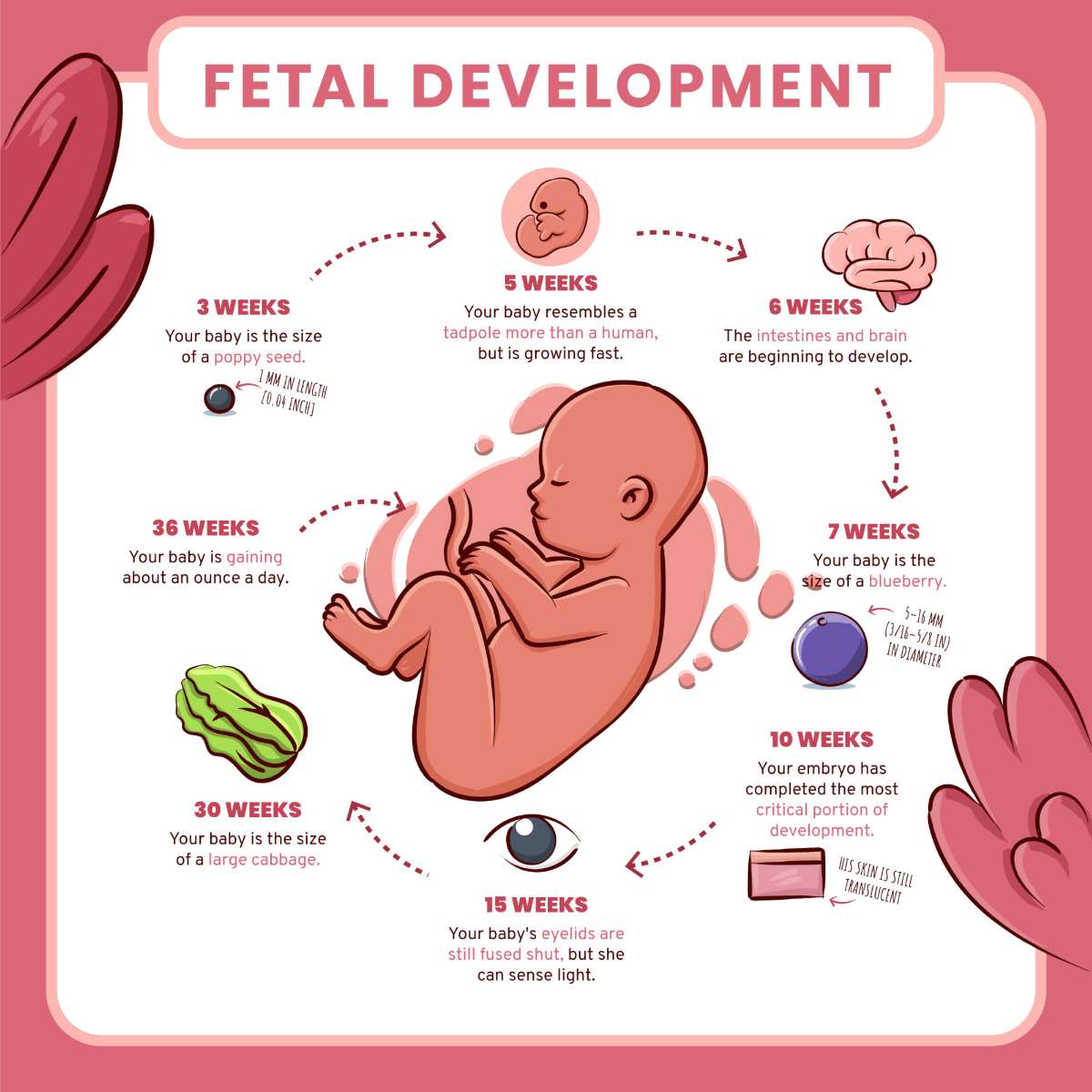Delayed Cord Clamping & Cord Blood Banking

New parents need to decide about preserving the baby’s umbilical cord after birth. When it comes to umbilical cord care, the two most common decisions are delayed cord clamping and cord blood banking. These two options offer separate advantages for your baby's health in their special ways. The purpose of this blog is to provide easy-to-understand information on both of these options.
What is Delayed Cord Clamping (DCC)?
A healthcare provider practices delayed cord clamping by waiting for 30 to 60 seconds before clamping the umbilical cord after birth. The extra period allows the blood from the placenta to flow into the baby and is very beneficial for newborns.
This was not the case before where the medical practitioners would clamp the cord right after delivery. According to research, short delays in cord clamping result in better blood flow. This also helps in the storage of iron which is useful for the newborn as they grow up. According to the American College of Obstetricians and Gynecologists (ACOG), delayed cord clamping is recommended for all healthy newborns due to the several health benefits that it has.
Benefits of Delayed Cord Clamping
Based on research, delayed cord clamping of at least thirty seconds has numerous health benefits for newborns and their parents. These include -
- Improved iron levels: This prevents anemia in infants.
-
Better blood circulation: This improves heart function and oxygen delivery.
-
Enhanced red blood cell volume: This increases the development and the immune system of the baby.
-
Delayed cord clamping has been shown to reduce the incidence of brain hemorrhage, especially in premature babies.
-
Research has shown that delayed cord clamping has been associated with improved cognitive functions and better motor skills in babies.
However, the practice of delayed cord clamping has the downside of causing jaundice which is due to elevated bilirubin in the skin. Most cases of this condition need medical attention and light therapy for the management when needed.
What is Cord Blood Banking?
Cord blood banking is the process of saving the remaining blood in the umbilical cord after delivery. Doctors use stem cells from cord blood to cure diseases such as leukemia, lymphoma, and genetic disorders.
There are two options for parents who wish to store their baby’s cord blood -
- Public Cord Blood Banking: The donations are saved for use by any other person in need. The family will not be able to use the cord blood stored in this free service.
- Private Cord Blood Banking: This option is chosen by families who want to keep their baby's cord blood for future medical use only. It involves an online collection charge and storage fees that are to be paid at regular intervals.
Can You Do Both: Delayed Cord Clamping (DCC) and Cord Blood Banking?
It is often asked by new parents if it is possible to delay cord clamping and at the same time bank cord blood. The practice of delayed cord clamping and cord blood banking is still possible but parents should be aware of the limitations.
Whereas DCC allows for extra blood to be transferred to the baby, this may reduce the volume of cord blood that can be banked. Research has indicated that waiting for 60 seconds for cord clamping leads to a small decrease in the amount of cord blood that can be collected (approximately 10-30%). The cord blood stem cells are still valuable for banking since cord blood banks have refined ways of processing the blood even if the cord is clamped a bit later.
This paper emphasizes the importance of discussing these plans with your healthcare provider and highlights the need to bank cord blood before the baby is born to successfully implement both practices. To ensure their effective implementation, medical staff must take the necessary measures to support them.
Which is Better for Your Family?
Several elements influence this decision, such as family medical history, desired future healthcare needs, and individual preferences. People who have relatives with medical conditions that stem cells from cord blood could help are more likely to choose cord blood banking. When the main goal is to maximize the baby’s immediate health benefits, delayed cord clamping should be the preferred choice.
Some key questions to consider -
- We have a medical condition in our family which stem cells can cure.
-
Are we interested in donating cord blood to a public bank?
-
Newborn health benefits are our top concern at present.
-
We can have a balanced discussion about this with our healthcare provider.
Final Thoughts
Cord blood banking together with delayed cord clamping produces remarkable health benefits for newborns. Families who manage their timing of delay properly alongside proper cord blood processing techniques can obtain benefits from both practices.
Parents who want to determine the best approach for their newborn's health and future well-being should consult healthcare providers and evaluate different cord blood banks. These choices provide an active approach to protecting the child's health since birth. Parents who select delayed cord clamping, cord blood banking, or both options make valuable decisions for their child’s health. Cryoviva offers information about disease protection for your child through its services.








.jpg)

 Enquire
Enquire
 Email
Email Phone
Phone
 Whatsapp
Whatsapp